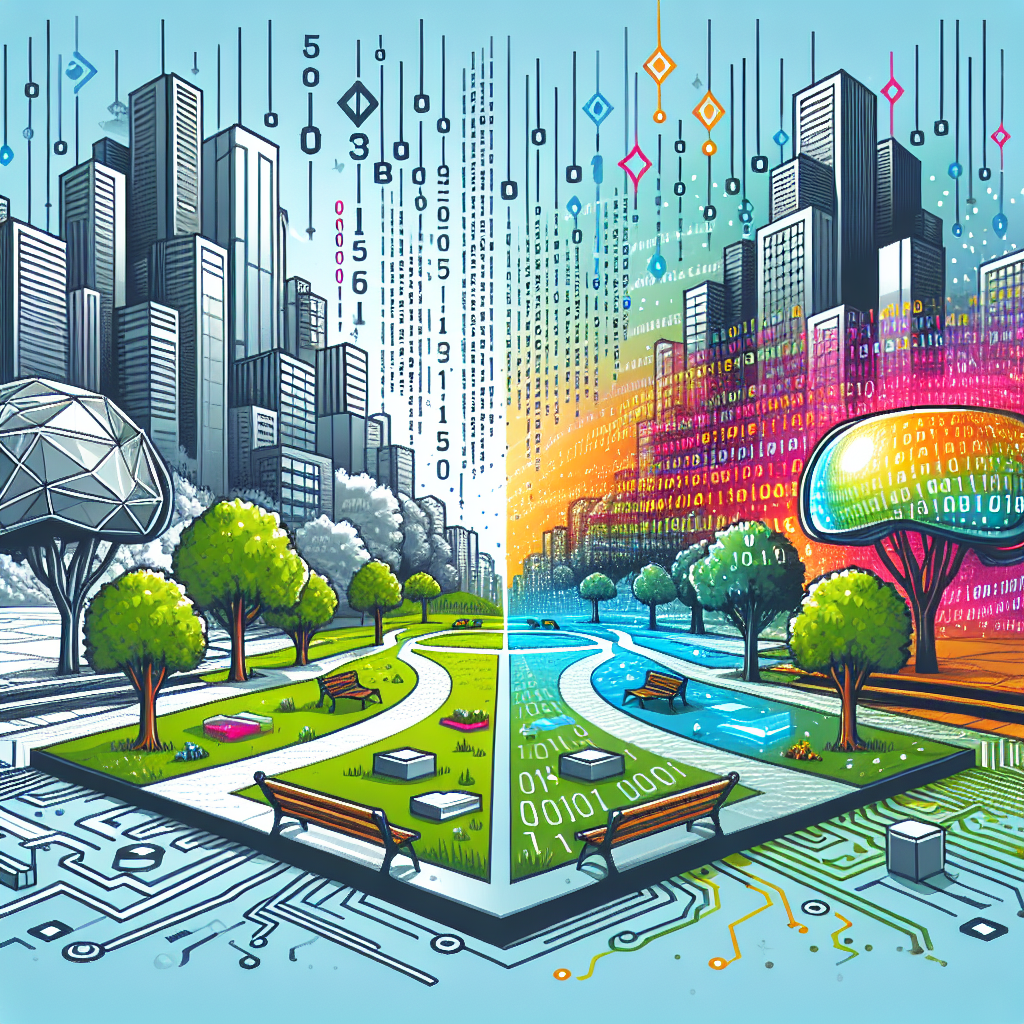Augmented reality (AR) is a technology that has been gaining popularity in recent years, and for good reason. By blending the physical and digital worlds, AR has the potential to revolutionize the way we interact with our surroundings. From gaming and entertainment to education and healthcare, AR has the power to enhance our everyday experiences in ways we never thought possible.
One of the most exciting aspects of AR is its ability to bridge the gap between the physical and digital worlds. Unlike virtual reality, which creates a completely immersive digital environment, AR overlays digital information onto the real world. This means that users can still see and interact with their physical surroundings while also accessing additional digital content.
This unique combination of physical and digital elements opens up a world of possibilities. For example, in the world of gaming, AR allows players to engage with their favorite characters and scenarios in a whole new way. By incorporating elements of the real world into the game environment, AR games can create a more immersive and interactive experience for players.
In education, AR can bring learning to life by providing students with interactive and engaging content. For example, students studying anatomy can use AR to visualize and interact with 3D models of the human body, allowing them to better understand complex concepts and processes. Similarly, AR can be used to create virtual field trips, allowing students to explore historical sites or natural landscapes without ever leaving the classroom.
In healthcare, AR has the potential to revolutionize patient care and medical training. Surgeons can use AR to overlay digital images onto a patient’s body during surgery, providing real-time guidance and visualization of internal structures. Medical students can also benefit from AR by practicing procedures in a simulated environment before working on real patients.
Overall, AR has the power to transform the way we interact with the world around us. By bridging the gap between the physical and digital worlds, AR opens up new possibilities for entertainment, education, healthcare, and more. As the technology continues to evolve and improve, we can expect to see even more innovative applications of AR in the years to come.

Leave a Reply
You must be logged in to post a comment.